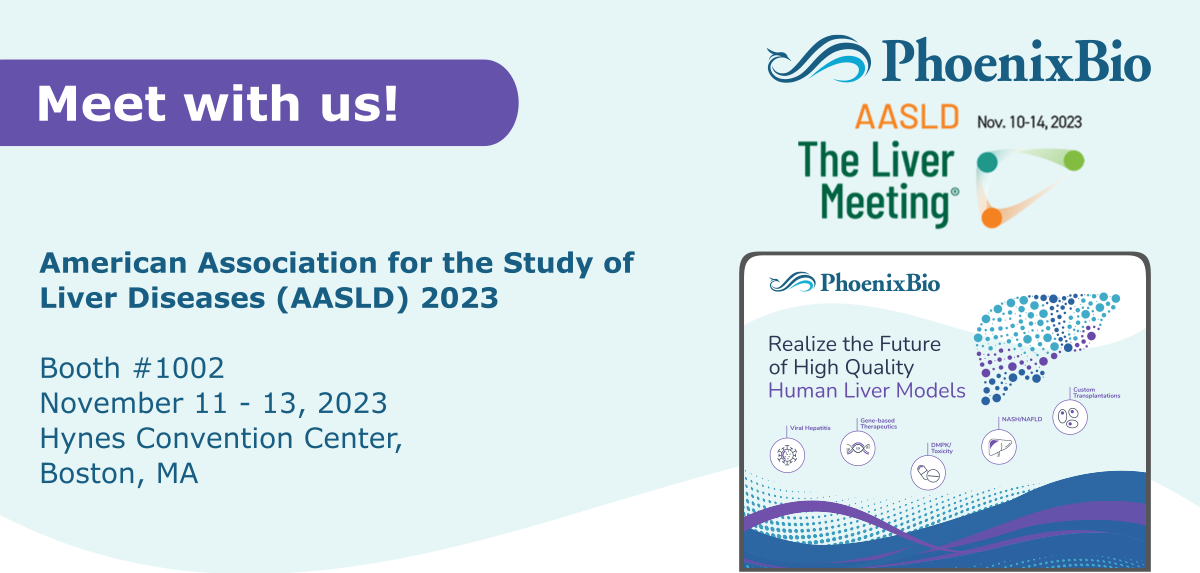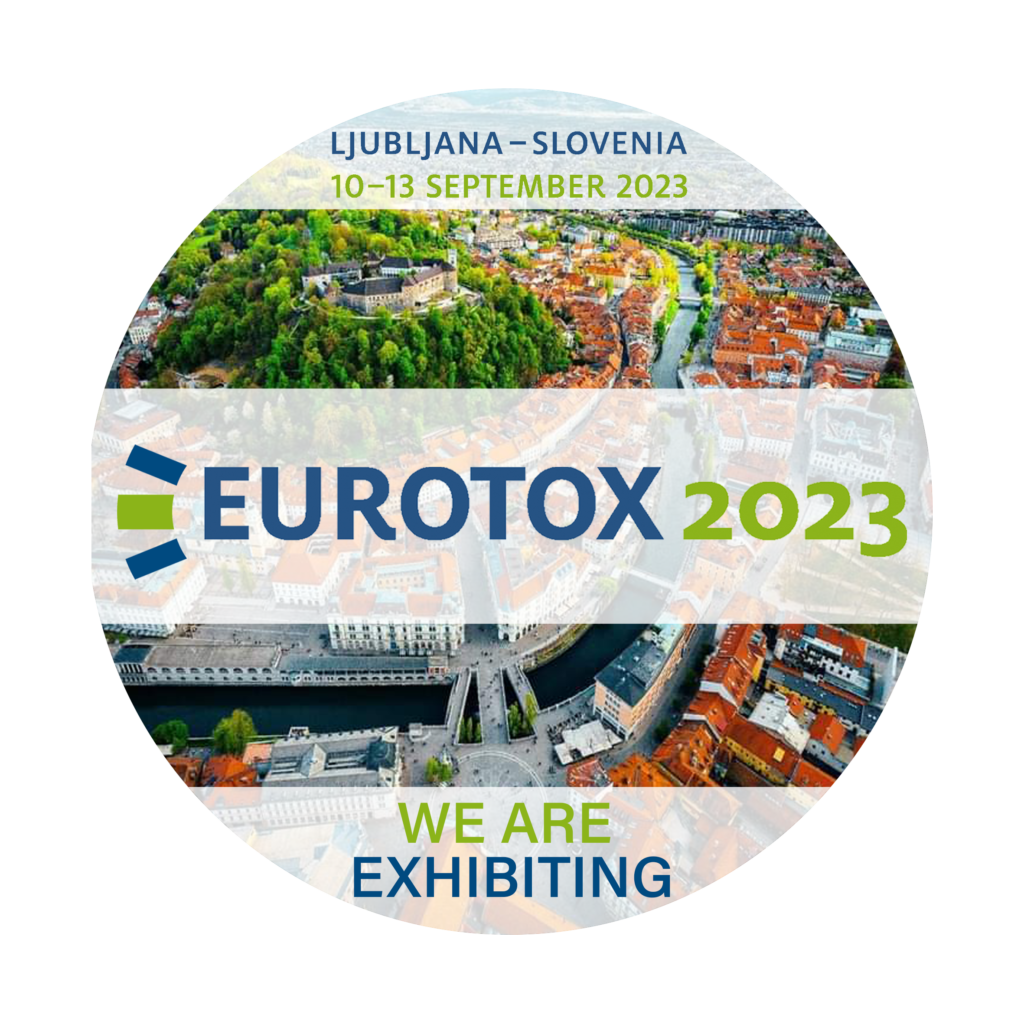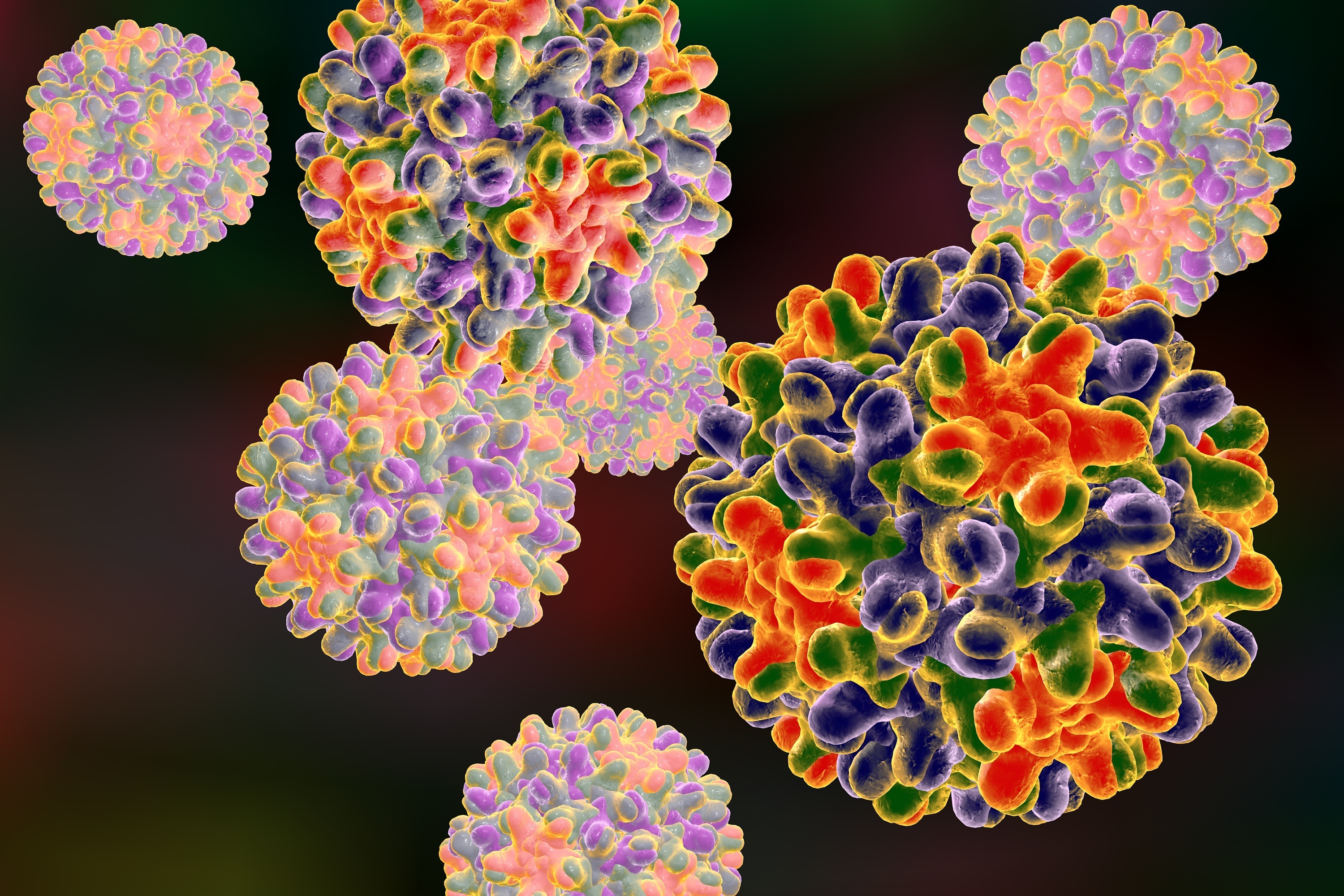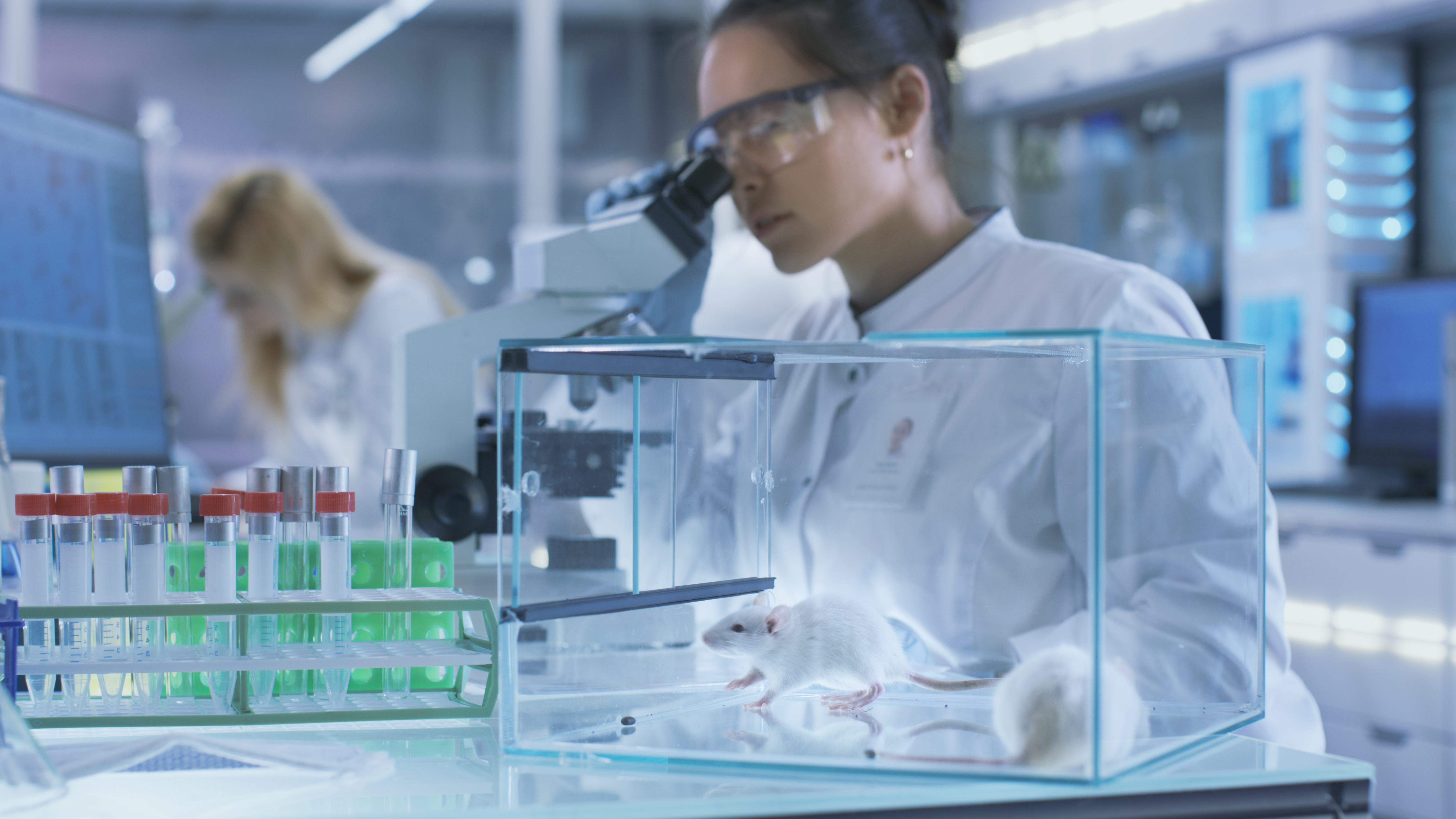26 March 2024
Newsweek Feature: Pioneering Drug Development with Human Liver Models
Breaking News: Revolutionizing Pharmaceutical Innovation with Japan’s PhoenixBio In the realm of pharmaceutical innovation, a new dawn arises with Japan's PhoenixBio leading the charge. With a groundbreaking article recently published, PhoenixBio introduces cutting-edge human liver models boasting an astonishing 90% and higher human hepatocyte composition, redefining drug testing worldwide while upholding the highest ethical standards.





